Common Injuries in Yoga and How to Avoid Them


An increasing number of us are turning to the physical practice of yoga for exercise and relaxation. Yoga could be considered a low impact activity, offering many health benefits – both mental and physical. However, without proper execution of the various poses (asanas), yoga has the potential to result in injury.
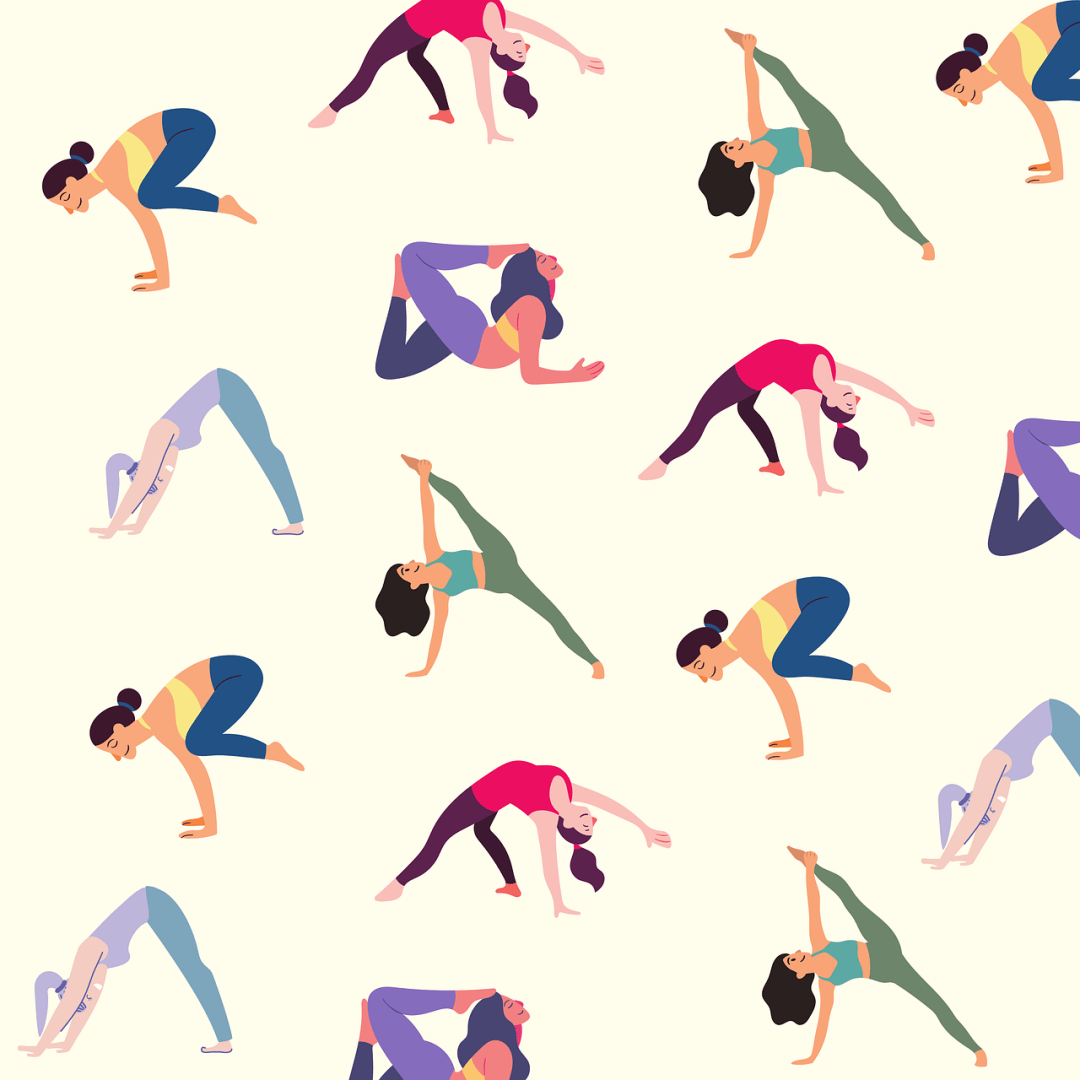
UP Clinic

Author / Jenna Lauren
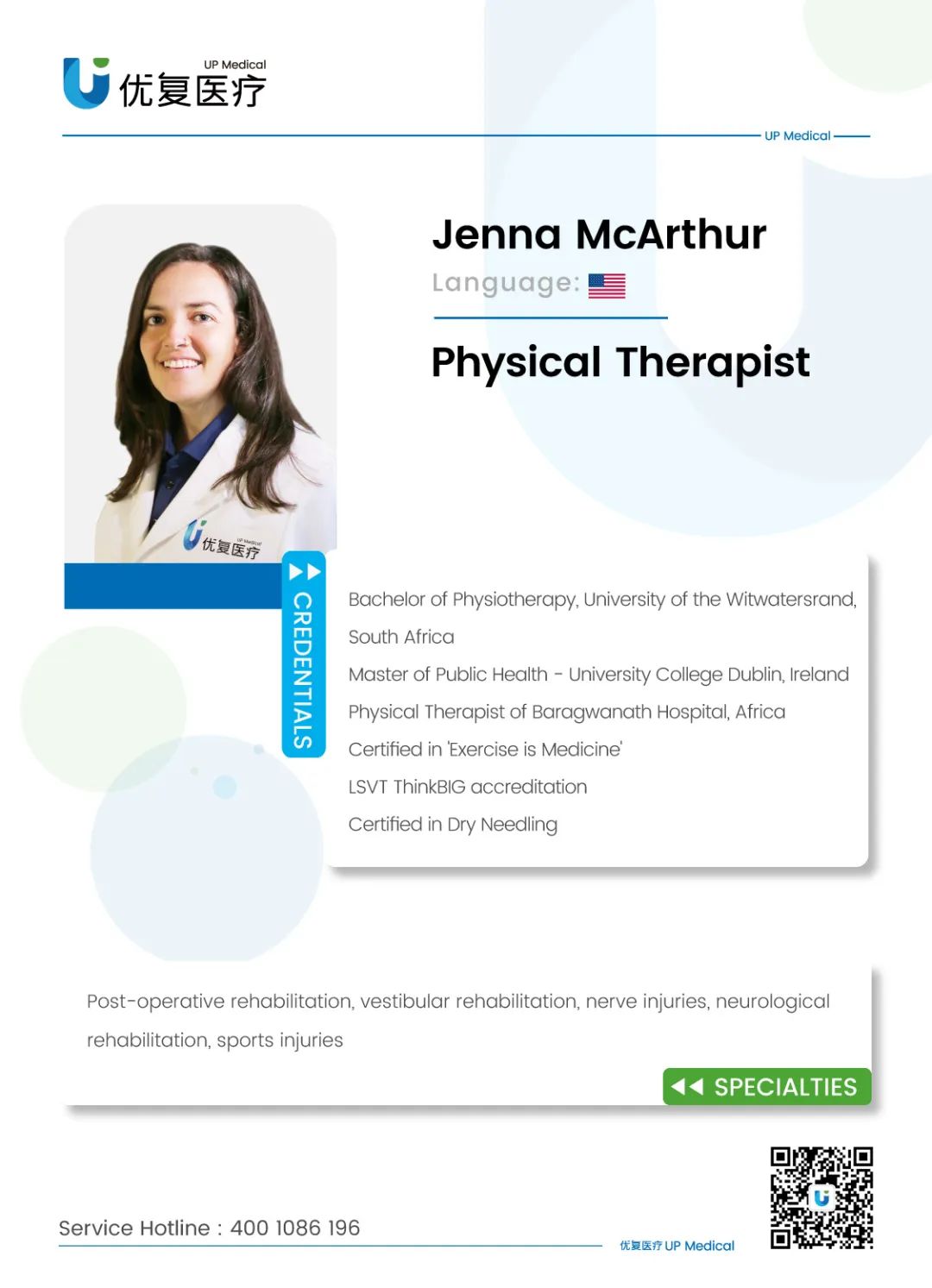
Several factors contribute to the occurrence of yoga injuries
1. Inadequate warm up: Skipping the warm up phase before diving into challenging poses can strain muscles and increase risk of injury.
2. Improper alignment: Incorrect alignment during yoga poses places undue stress on muscles and joints, leading to injuries over time.
3. Too much too soon: Pushing beyond one’s limits to achieve a specific pose can lead to injury.
4. Inadequate instruction: Insufficient guidance from instructors or online tutorials can result in improper execution of poses leading to injury.
5. Overuse: Repeating the same poses or sequences without adequate rest can strain muscles and joints.
Hamstring Injuries
Hamstring tendonitis, often called ‘yoga butt’, is an injury caused by an inflammation or irritation in the hamstring tendons at the back of your thigh, usually where they attach to your sit bone (ischial tuberosity). Yoga butt can cause a deep pain in the buttock area and is a fairly common injury amongst yogis – hence the name! This particular ailment doesn’t happen in an instant, but instead develops gradually over time.
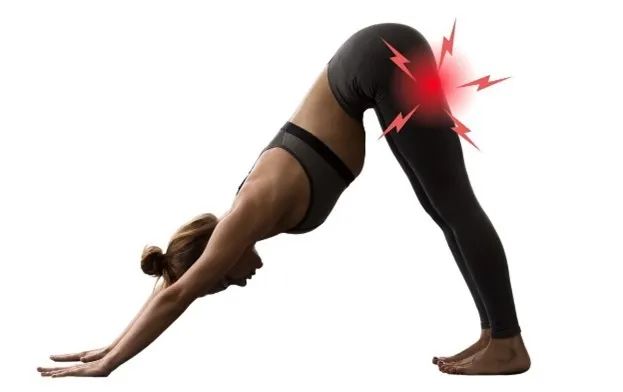
Prevention:
● Balance your yoga practice: Avoid overworking certain muscle groups, like the hamstrings.
● Maintain variety in poses: Incorporate a mix of standing, seated, balancing, and inversion poses that engage different muscle groups, distributing effort evenly.
● Use modifications: Use props like blocks or straps to modify poses, allowing for a more accessible practice and reducing strain on the hamstrings. Explore variations with both knees bent to reduce the tension in the backs of the leg.
● Strength, strength, strength: Strengthening the hamstrings ensures a balance in muscle strength between the quadriceps and hamstrings, which stabilizes the knee joint, whilst also helping to evenly distribute the load and forces exerted on the tendons during movement. This process will also help to strengthen the tendons, ensuring your legs are better equipped to withstand repetitive stress or sudden movements without succumbing to tendonitis.
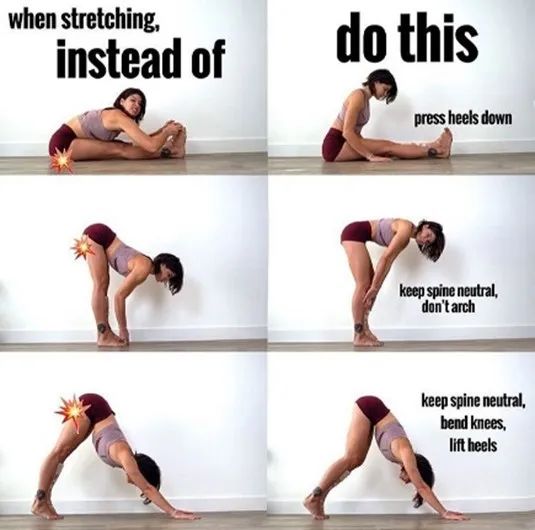
Wrist Injuries
Wrist injuries are usually as a result of incorrectly distributing your weight across your hand during poses such as downward dog, crow and handstands.
Prevention:
● Strengthen your arms. The stronger your shoulders, forearms and hands are, the less pressure will be placed through your wrists, and therefore less risk of injury.
● Properly bear weight on the correct parts of your hand: keep your wrists aligned to the front edge of your mat, spread your fingers and focus on placing pressure through the base of your thumb, index and baby finger, without letting the web space between thumb and index finger leave the mat.
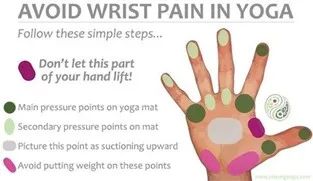
Back Injuries
When practiced in the correct way, Yoga can be an excellent tool to build a strong and stable spine.
Lower back pain and injuries are a particularly common injury in yoga, often occurring during backbends, forward folds and twists. These injuries may happen for one of two reasons: either the acquisition of increased flexibility is not being matched with increases in strength; or because there is a lack of flexibility in the thoracic spine above or in the pelvis below. In both of these situations, excessive force is placed through your lower back.
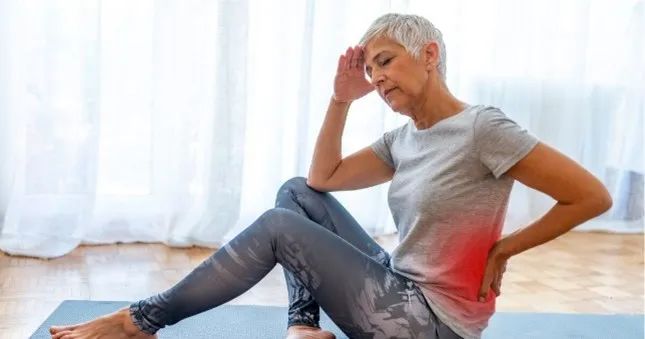
For example, during backbends, tightness in the front of the hips (hip flexors) will limit movement of the pelvis, creating a feeling of compression in the lower back. During forward bends, tight hamstrings will pull the pelvis into excessive posterior tilt, thereby forcing people to flex their spine more than intended.
Prevention:
● Before bending, imagine lengthening your spine up and away from your hips to avoid rounding your back
● Improve the flexibility in your upper back and hips!
● Aim for a straight back, don’t fold too deep and engage your abs to keep your core stabilized.
● Remember to keep your knees soft by bending them in poses like forward folds and down dog.
● Slow down during twists, and go in and out of them very slowly with deep breaths.
● Listen to what your body tells you. If it hurts, don’t do it.
● Do not allow teachers to over-adjust you, or push you deeper into a pose that you may not be ready for.
Knee Injuries
The knee joint is in the middle of a kinematic chain of joints. It primarily functions as a hinge joint, moving forward and backward into flexion and extension, but can do very small amounts of rotation too when bent. If there is tension or a lack of flexibility at either the hip joint above the knee or the ankle joint below the knee, then that tension can transfer force into the knee joint. Add in some rotation to the mix and pressure can be put on the knees in ways that can cause knee pain and potentially injury. When the knee is both closed and rotated, such as pigeon or full lotus, it is potentially at its most vulnerable.
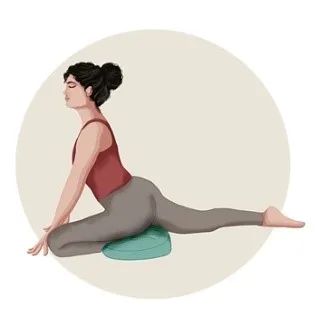
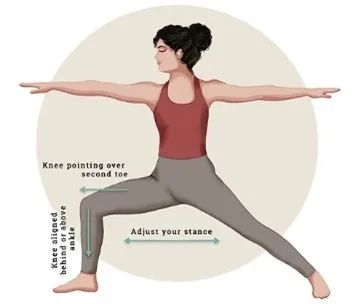
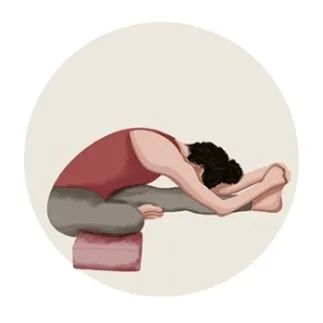
Prevention:
● Work towards improving hip flexibility
● Do all the preparatory poses before moving into poses like lotus and use props during pigeon to support the knee.
● Move slowly and deliberately into poses until you are comfortable
● Do not lock your knees in standing poses and forward bends.
● Keep your big toe aligned with your kneecap at all times.
If you struggle with pain, such as the above mentioned, or want to learn more about practicing proper alignment, get in touch with our Physical Therapist and certified Yoga Instructor, Jenna.Meet UP Clinic Gubei’s Chief PT!

本篇文章來源于微信公衆号: 上海優複康複醫學門診部

